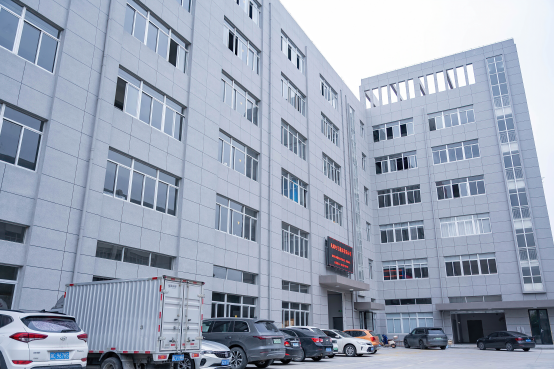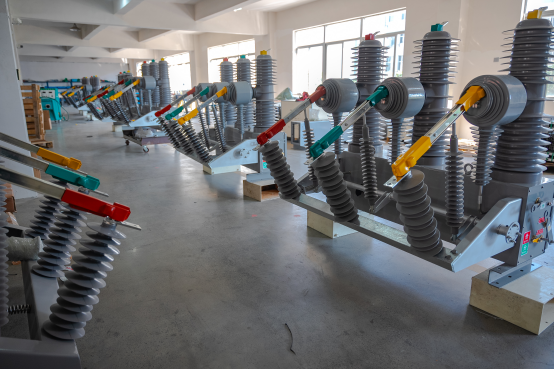
High-voltage Disconnect Switches (HVDS) are foundational to electrical safety in power distribution systems. Unlike Circuit breakers, they are not designed to interrupt fault currents but instead ensure safe isolation during maintenance or emergencies. This article explores their design principles, material innovations, and functional roles in protecting personnel and equipment.

1. Disconnect Switch vs. Circuit Breaker: Core Differences
- Function:
- Circuit Breakers: Automatically interrupt overloads or short circuits (e.g., 10kA-63kA fault currents).
- Disconnect Switches: Physically isolate de-energized circuits to create a visible air gap (no-load operation).
- Usage Timing:
- Breakers act during faults; switches are used before maintenance.
2. Structural Design & Insulation Materials
Contact Configurations
- Double-Break (Dual Contact): Enhances isolation reliability for voltages above 72.5kV.
- Single-Break: Compact design for lower voltages (e.g., 11kV-33kV).
Insulation Technologies
- Epoxy Resin: Used in bushings for high dielectric strength and moisture resistance.
- Silicone Rubber: Outdoor insulation for UV and pollution resistance.
Case Study: A 2023 retrofit of a substation in Germany replaced aging porcelain insulators with silicone-coated switches, reducing contamination-related outages by 40%.
3. Key Safety Functions & Applications
Visible Disconnection
- Provides a clear air gap (visible break) to confirm circuit isolation, critical for OSHA and NFPA 70E compliance.
Maintenance Safety
- Allows safe access to transformers, busbars, or cables after de-energization.
Emergency Isolation
- Rapid manual/remote operation to segregate faulty sections in grids or renewable energy plants.
4. Innovations Enhancing Safety
- Motorized Operation: Reduces arc flash risks during remote switching.
- Integrated Grounding: Combines isolation and grounding in a single mechanism (e.g., Siemens SION Series).
- Smart Sensors: Monitor contact wear or contamination in real time.
Why Proper Selection Matters
A 2022 ESFI report attributed 27% of electrical accidents to inadequate isolation practices. Choosing switches with robust insulation (e.g., silicone for coastal areas) and certified designs (IEEE C37.34) mitigates risks.

Conclusion
High-voltage disconnect switches are irreplaceable for safe electrical system management. By understanding their design, materials, and isolation roles, engineers can optimize grid reliability and personnel protection.
Oil&Gas exploited
Automotive Manufacturing
Transportation & Dlistrlbutlon
Manufacture
Industrial Construction
Green Energy
Copyright ? 2024 All Rights Reserved
Back to top 
Comment
(0)